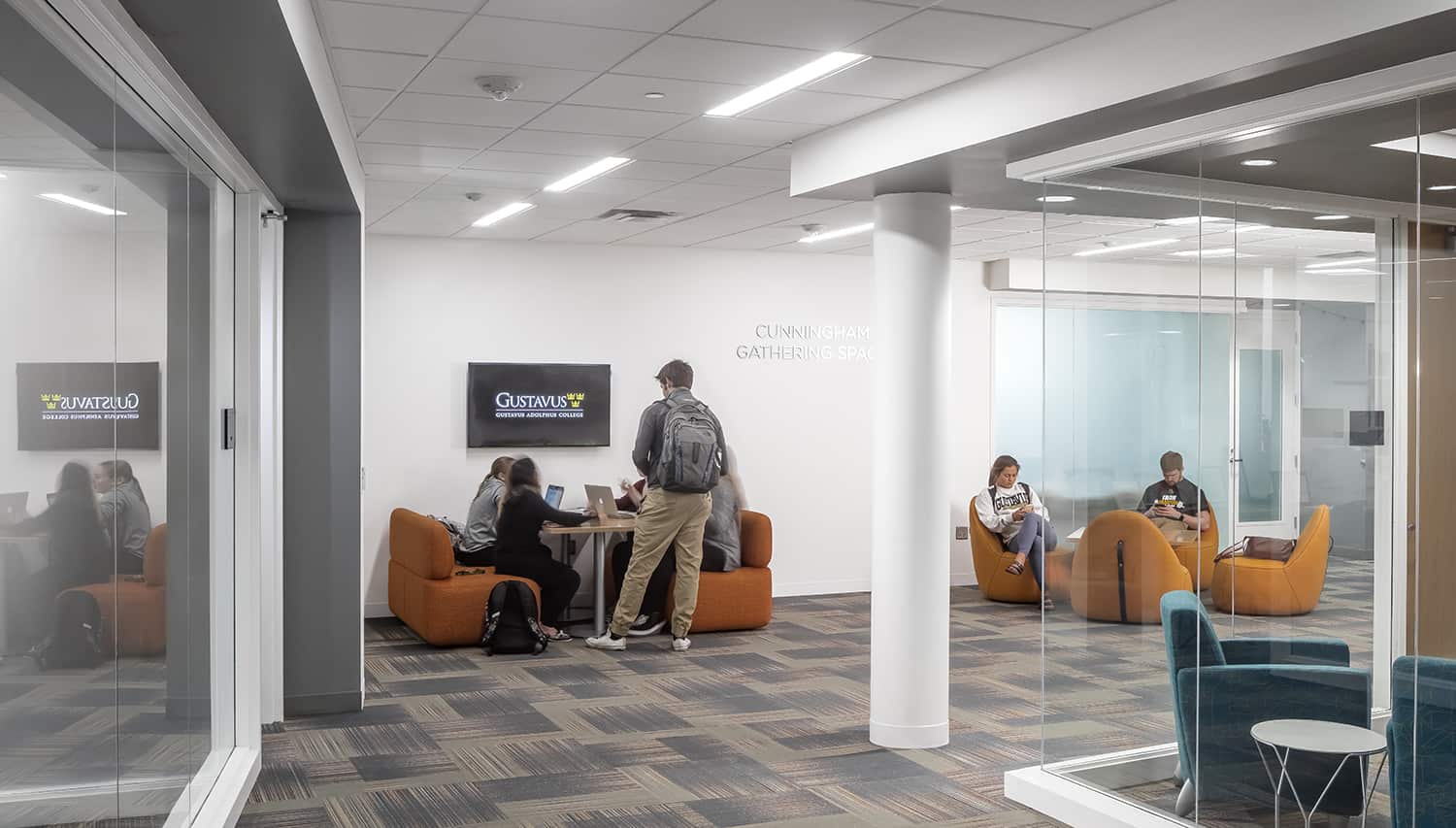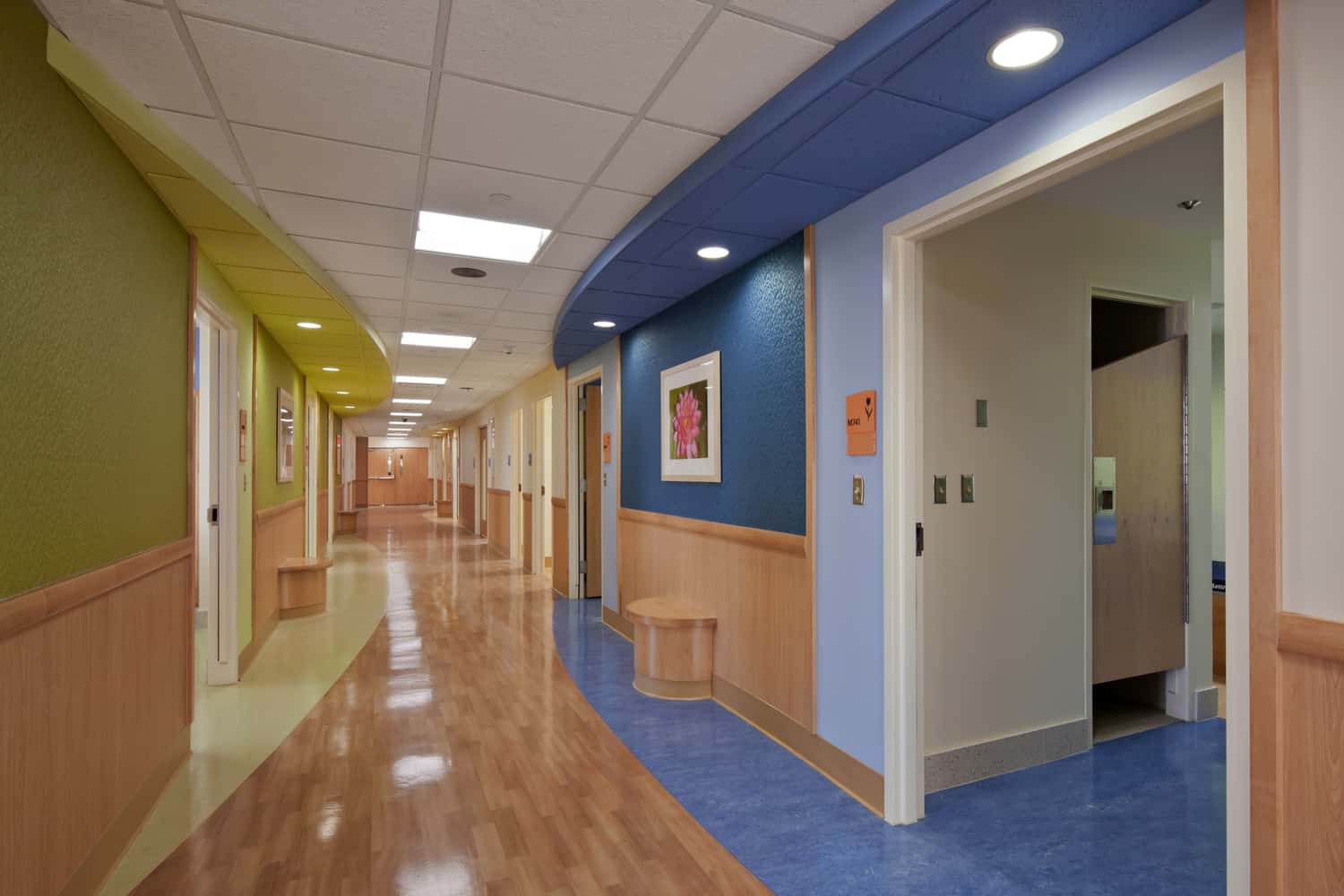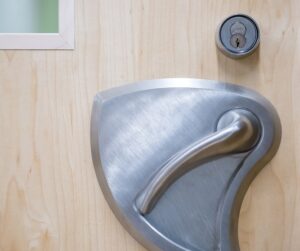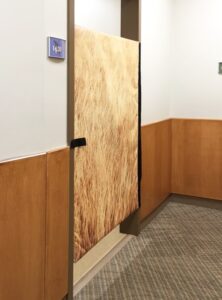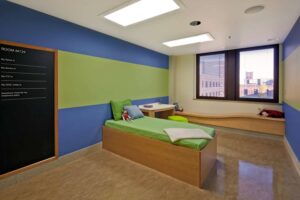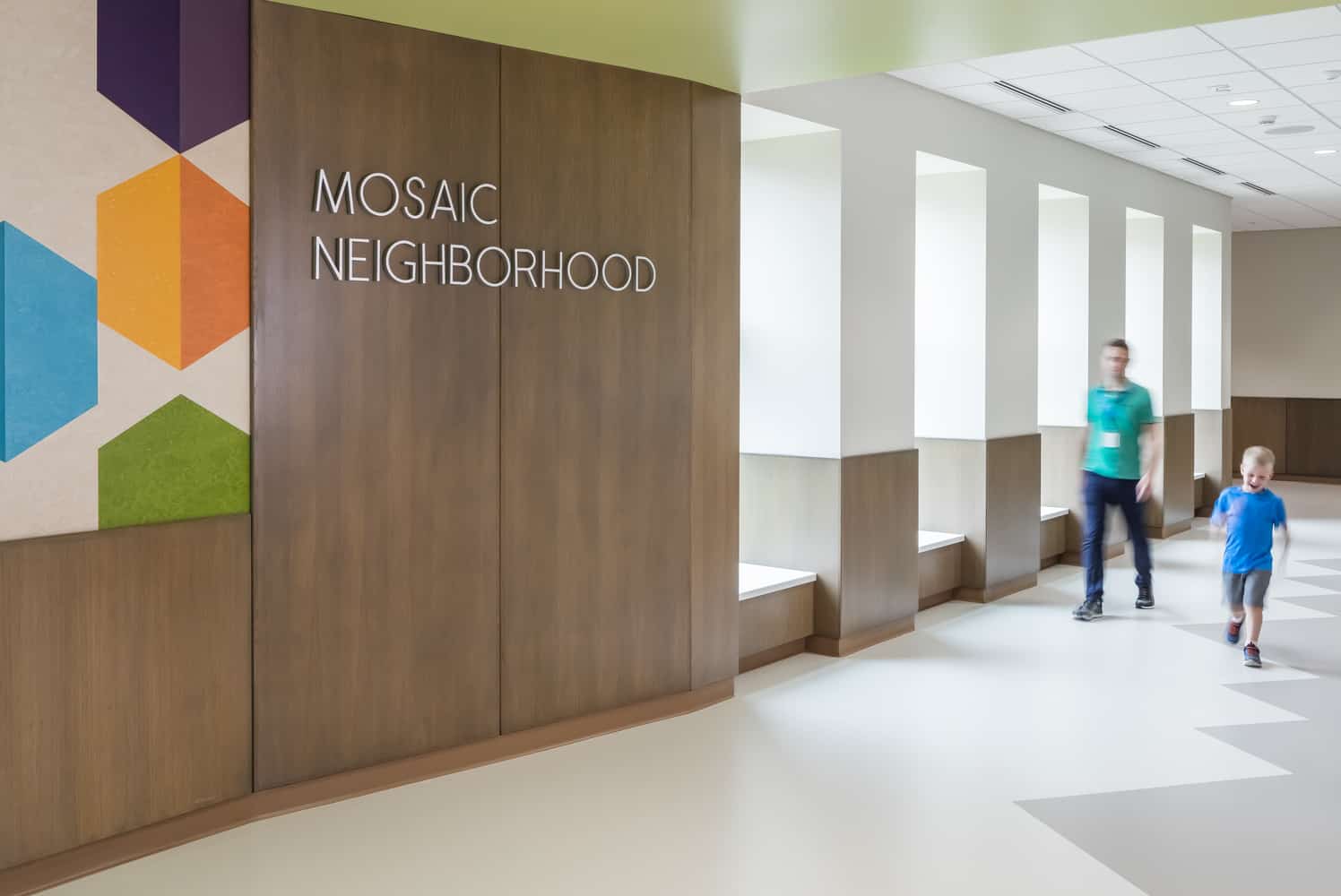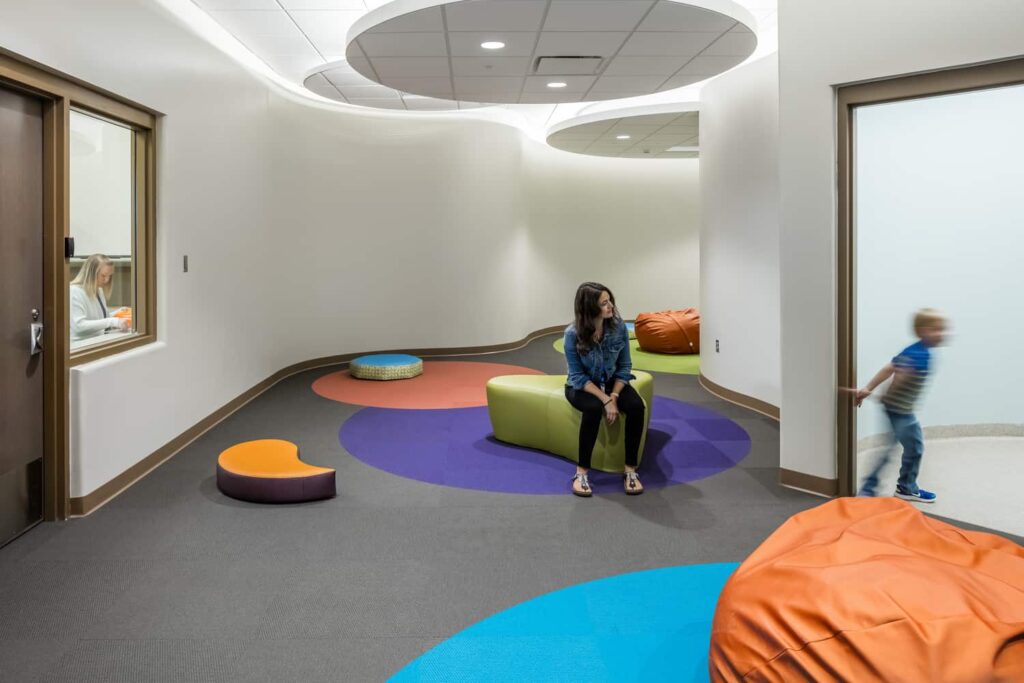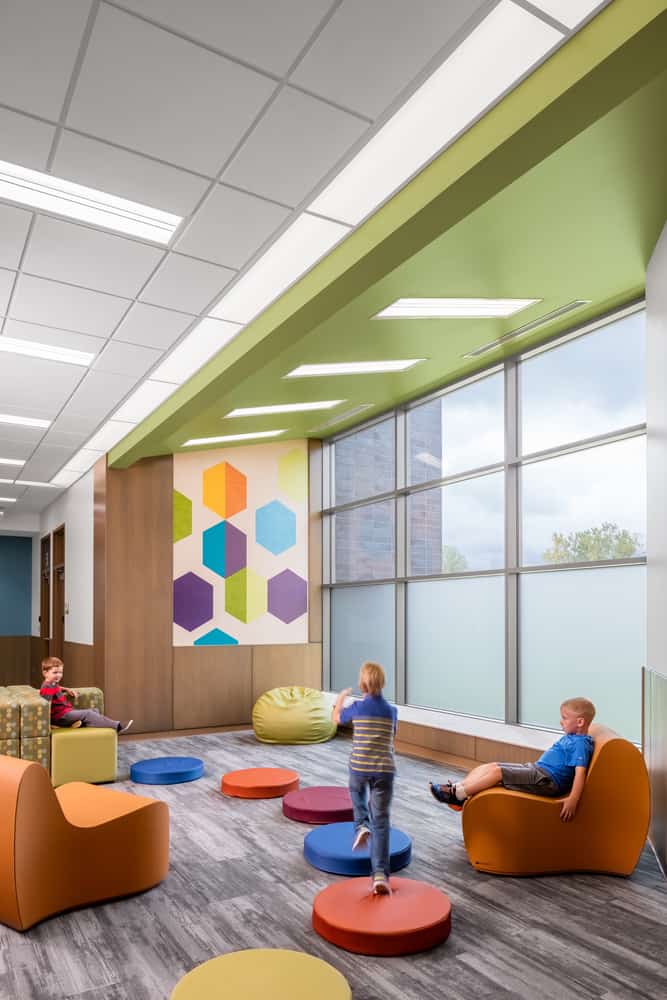Many of us look back fondly on our college days, and for good reason. College life is full of opportunities for new experiences, rapid learning, and personal growth, especially for those living away from home for the first time.
Yet, for some students, day-to-day college life can cause insurmountable stress – as unavoidable as tuition, fees, and final exams.
Students in this generation are working and growing up in a fast-paced society. There’s additional academic, social, and financial stressors that fall on their shoulders. According to the young adult mental health advocacy organization Active Minds, “a majority of mental illnesses manifest between ages 14 and 24, when teens and young adults are enrolled in high school and college.” In the last decade, anxiety has overtaken depression as the most common reason college students seek mental health services.
The pressure to balance it all, and do well, can be overwhelming. That’s why colleges are looking closer and closer at what it means to seamlessly integrate wellbeing and mental health spaces into the design of campus communities.
As we think about supporting the whole wellbeing of a student, we need to carefully create spaces that fit within college life – making it both easy and comfortable for students to seek and receive the help they need. The following design principles can guide planning of mental health spaces on campus to successfully serve students:
Blend with campus community
Integrating mental health spaces into areas that receive lots of foot traffic such as athletic or recreation facilities, student centers, or dormitories increases the chance for students to receive services because of higher visibility and convenience. Additionally, integrating such services into everyday life on campus reduces the stigma surrounding mental health. Universities send the message that academic success and making sure people are healthy go hand-in-hand.
It can be difficult to reach out for help. Collocating services with other popular destinations and everyday routes on campus will make the space a more recognized resource, removing the physical challenge of finding the services as well as the mental barriers of accessing care in out-of-the-way spaces. Raising the profile of services in easy-to-find centers increases the likelihood that a student will get the services needed and recommend these services in the future to students in need.
Create an inviting space that welcomes wellbeing
Wellbeing design should incorporate natural elements to create a welcoming front door and comfortable spaces to share personal information. Incorporating lots of natural light, visually appealing artwork, access to nature, and other healing elements improves mood, provides calming effects, and serves as a positive distraction.
Provide anonymity through shared spaces
Visiting for a broken bone, cold, or therapy session? Shared waiting room spaces for both health and counseling services helps provide anonymity for students seeking mental health services. With added social pressures in an unfamiliar environment, students can seek help without fearing that a friend or a student in class will see them going in for a counseling session.
Make a safe space
A safe space is a welcoming environment where students can connect with one another and talk without fear of being negatively judged for it. Safe spaces can be physical areas set aside to recharge between juggling responsibilities. Often times these spaces have more of a residential feel with area rugs, casual furniture, table lamps, and art work to counter the institutional feel of the school. These spaces are meant to remove students from stressful days and to relax.
Students building trust with their peers and having a dialogue about their entire experience in college – both the fun and the struggles – can create a sense of belonging on a new campus in a new town with new friends. The Suicide Prevention Resource Center lists peer support and an inclusive environment as two of the three protective factors that decrease the likelihood of suicide. A safe space can encourage students to share what resources are available for help and even access those resources together.
These protective factors contribute to resilience, developing the capacity to cope positively with challenges. Increased resilience will increase utilization of professional services, decrease the amount of students dropping out, and help to prevent student suicide. A safe space on campus can make all those college challenges a little easier to bear.
Designing communities that make wellbeing a central part of college life needs to include a mental health component that can foster all-around student development. Students are at a time in their lives where the behavior they practice in college can become permanent practice once they graduate; according to the American Psychological Association, 65% of counseling center clients indicated counseling had helped them remain in school and improve their academic performance. By continuing conversations with school administrators and faculty to explore the issues surrounding student anxiety and how better to integrate these spaces on campus, colleges can positively impact students personally and academically.


